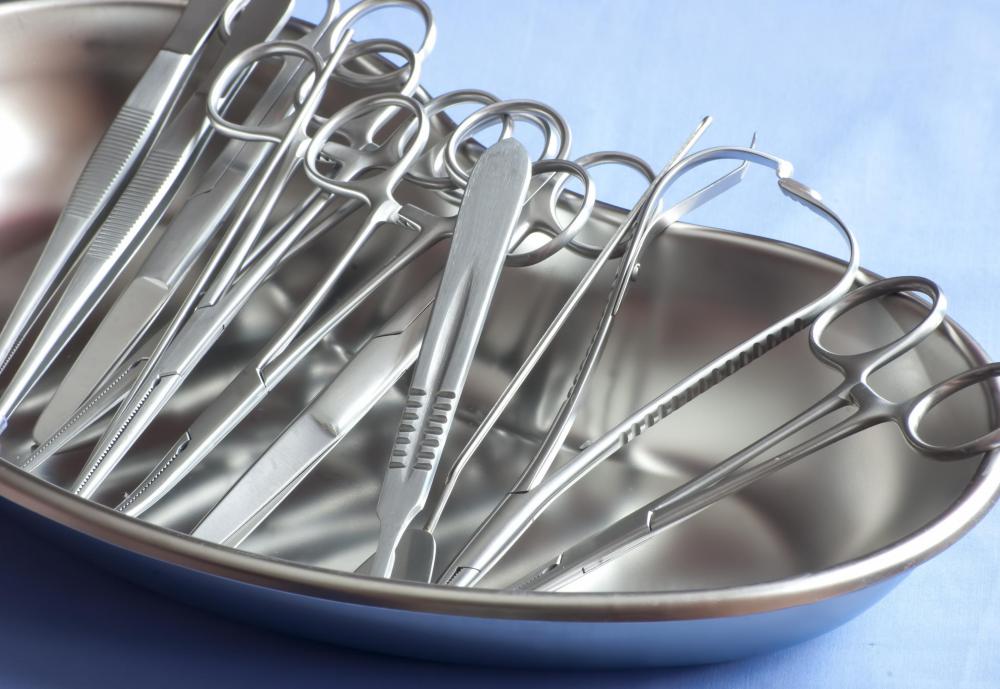Ring Forceps, sometimes referred to as Foerster sponge or hemostatic forceps, are surgical instruments that aid in clamping blood vessels or grasping and holding objects. Their ring and sponge names come in due to their structure and functions. The forceps have ring-like handles, and surgeons widely use them to clasp and hold sponges during surgical operations.
These forceps are versatile tools and find themselves in several operations. Plastic surgeons, scientific researchers, and medical surgeons use the instruments at some point in their operations. They’re also everyday items across numerous scientific laboratories.
What’s the Basic Design of Ring Forceps?
Sponge forceps look more like scissors. They, too, have long dual metals with looped handles attached to them, but their arms aren’t blades. They’re designed to aid users in holding and grasping objects that are challenging to carry due to their small size or slippery nature.
The sponge forceps come in a design that resembles tweezers, clamps, or tongs. They are mostly made with premium non-rust carbon steel material. They can quickly be disinfected using chemical solutions, boiling water, or steam and are safe for use with bodily fluids like blood.
They constitute two flat and long pieces of metals hinged together. At one end of the metals are loop handles and looped or ringed jaws on the other end. While the forceps look like tweezers, they come with serrated tips for better grip.
Some sponge forceps come with curved, right-angled, or straight jaw ends, while others can be smooth or serrated, depending on the intended use. Their ringed jaws use the “atraumatic grip” approach to hold and grip objects. The feature that helps them hold sensitive materials without causing damage.
Their Sizes
These ring-like forceps can come in different sizes to support various functions. The Mosquito hemostats, for instance, are the smallest and help clamp small blood vessels. There are also the Kelly hemostats for grasping larger tissues and clamping larger blood vessels. While they resemble Kelly hemostats, the Rochester can dig a little deeper than the former.
Their Uses
These forceps have different applications across different fields. They’re easy to use and are precise, making them an indispensable part of various processes. Scientists, doctors, surgeons, and researchers can use them in different scenarios. Still, medical surgeries are the most common applications of these instruments.
Surgical nurses and surgeons depend on these ring-like instruments to hold tissues apart and seclude affected areas, remove membranes, hold soft organs, or clamp tissues to hinder blood flow. These forceps also help hold and inspect the cervix after delivery and aid in tissue reparation after childbirth.
Likewise, researchers studying live samples or handling forensic work depend on these forceps to separate particles they can’t hold directly. The tools also come in handy for closely grasping and manipulating samples without compromising their integrity.
The coated ring forceps are also essential in loop electrosurgical excision procedures (LEEP). In this case, they help eliminate problematic lesions and cells to aid advanced testing and diagnosis.
They’re also ubiquitous instruments in plastic surgeries.
Ring forceps are indispensable instruments across various fields. They come in multiple sizes, designs, and types to match their specific applications. While their base use is clamping, holding, and grasping, it helps to shop right to get an instrument that matches the correct application. This article is a sufficient eye-opener.




